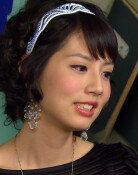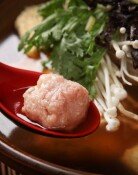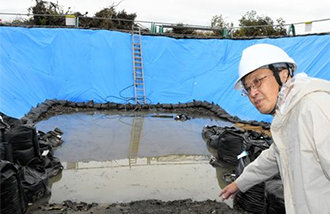Okayama

Even Japan has an inland sea. Between the two large islands of Honshu and Shikoku, there is an inland sea called Seto. Compared to Japanese travel destinations Kanto and Kansai, the Chugoku region, located on the coast of the Seto inland sea, on the western portion of Honshu, is less well known because it is stuck on the eastern region of Honshu. Because of its mild climate, Chugokus Okayama has been labeled as fruit kingdom and golf heaven. We introduce Okayama, which flourished during the overseas golf travel boom.
Okayama shares ties with Korea. There has been an interchange since the 1600s, when it first was influenced by a Joseon delegation. Ushimado, part of Okayama, was the landing place of a delegation that traveled from Busan through the island of Sushima to the Seto inland sea waterway for its overland journey towards Edo.
Artifacts from the Joseon era are still well preserved there. Karako Odori, which has its origins in a Korean dance, is performed here every year at a festival. If you visit Ushimados Kaiyu Museum, you can see relics and facts related to traditional history. The name Kaiyu comes from the Haeyu Record, a Japanese record of personal experiences written in 1719 by the Joseon delegation.
Okayamas nature and climate is good enough to be called, Heavens Blessing. In the north, the Chugoku mountains, in the south, the Seto inland sea, and in between plateaus and plains have developed so that the four seasons are distinct. The average temperature year-long is 17 degrees, and it receives the third least rainfall in Japan. One can enjoy golf all year round, and in the winter one can go skiing in the northern mountains.
The conditions of fruit farming are similar to those of the golf climate. This is because of the low rainfall and the long daylight hours. This place is famous for the high sugar content of its grapes and peaches. There are 55 golf courses in total. They are not only on plains but also stretch to the plateau towards the Chugoku Mountains in the north.
Okayamas landmarks include the traditional garden Korakuen and Okayama Castle, located near each other in Okayama City. Korakuen, together with Kenrokuen (in Ishikawa) and Kairakuen (in Ibaraki), are known as three of Japans large famous gardens. Okayama Castle has the nickname Ravens Castle because its outer wall has been decorated in black planks.
During the Edo period in Kurashiki (southwest of Okayama City), territory under the control of shogunate Ieyasu Tokugawa, there was a neighborhood of traditional buildings called an aesthetic area. Decorated with willows, the ancient houses which follow a man-made canal have white walls and black tiled roofs, and are still used as shops, inns, and offices.
The hot springs are a destination that cannot be left out of a trip to Japan. Yubara, Yunogo, and Okusu are hot spring villages labeled Mimasakas three great springs. Among them, Yubara is called Hot Spring Yokozuna (a name designated for a sumo champion), with hot spring water flowing out of riverbank sand floors surrounded by stones. It is famous as an outdoor hot spring.
The Seto Bridge is also a necessary travel destination. Joining Honshu and Shikoku, it is 9.4km long (the section across the sea), and this enormous duplex bridge can be reached either by going up the Washu Mountains on the Kozima Peninsula, or by going on an excursion boat from Kozima Harbor.
Gyu-Hwa Hwang ghhwang@donga.com







